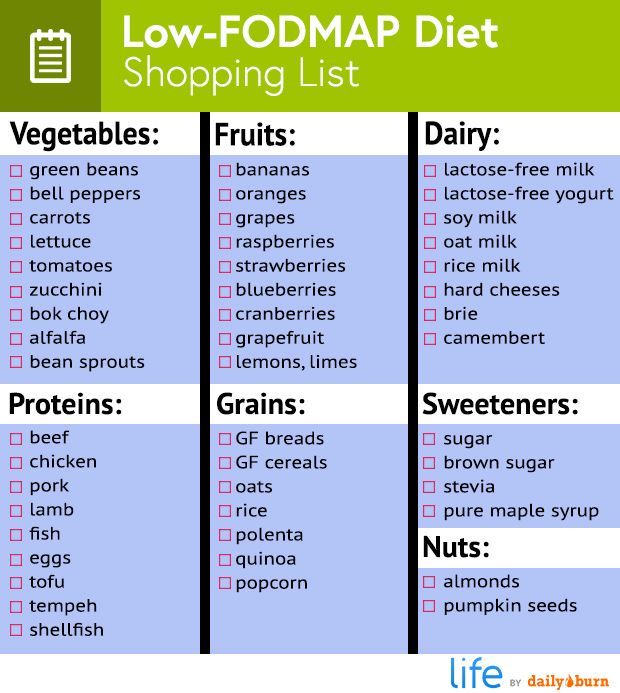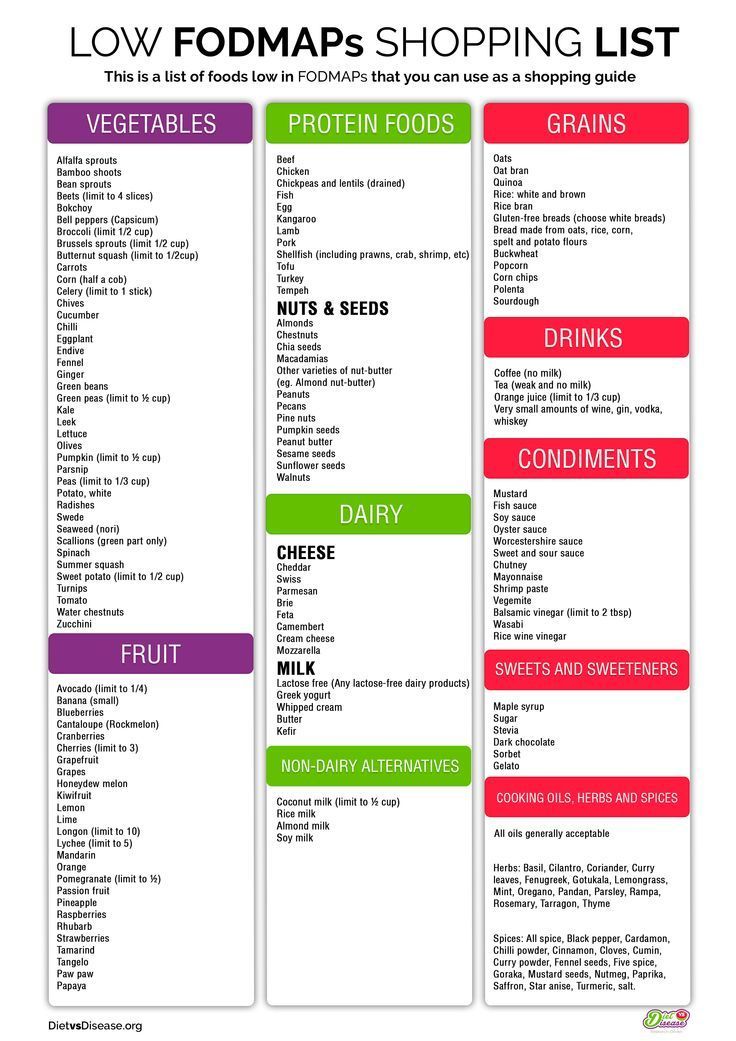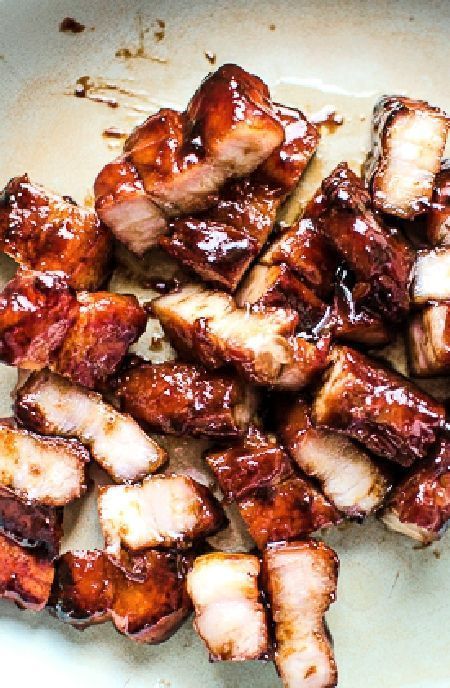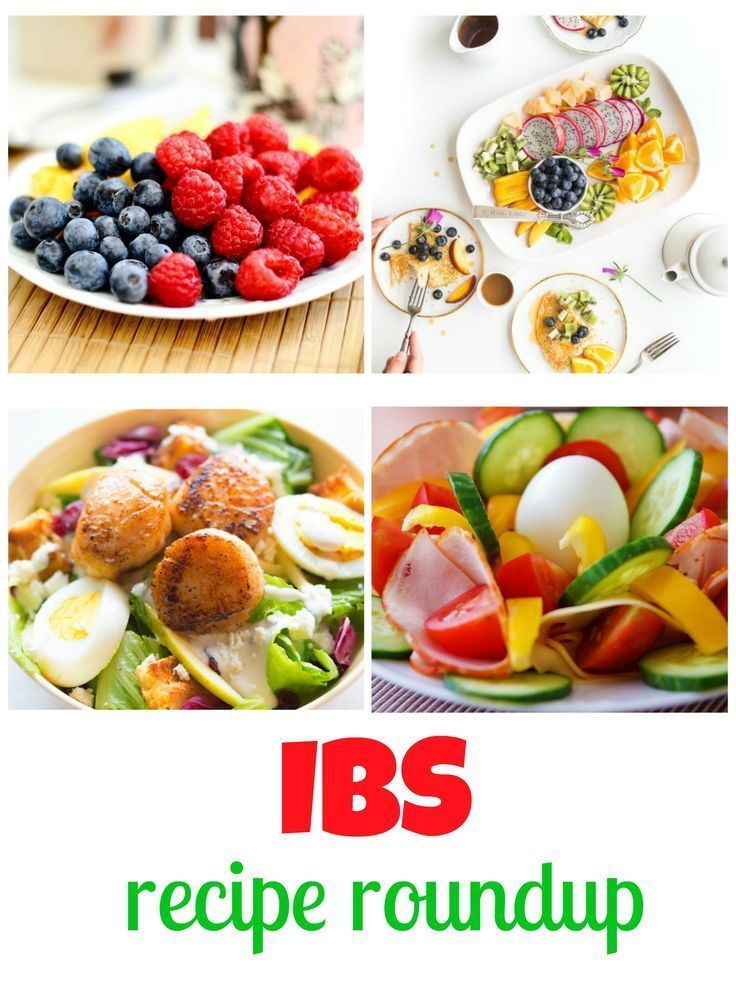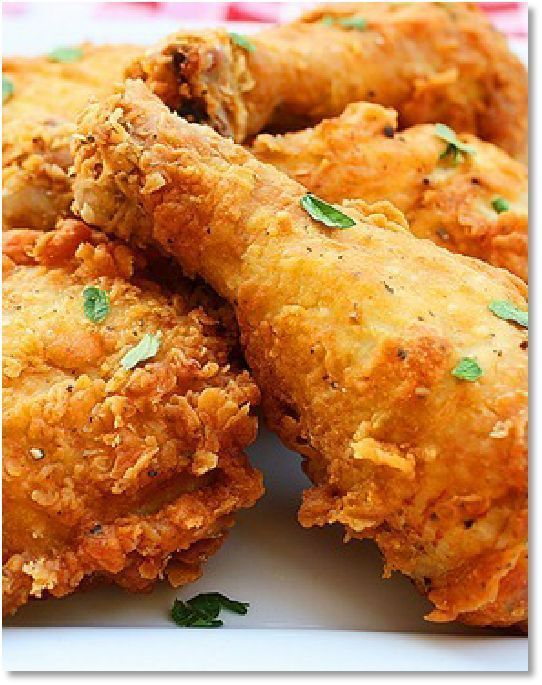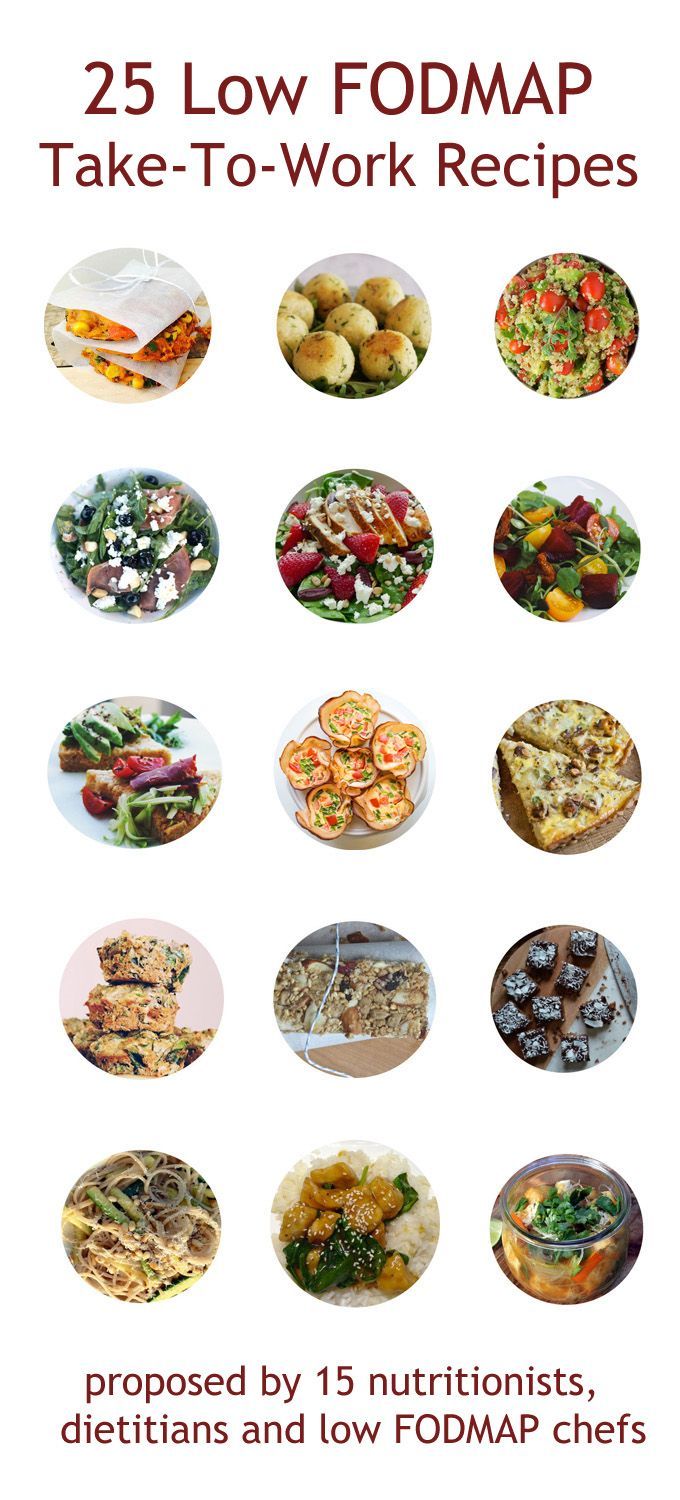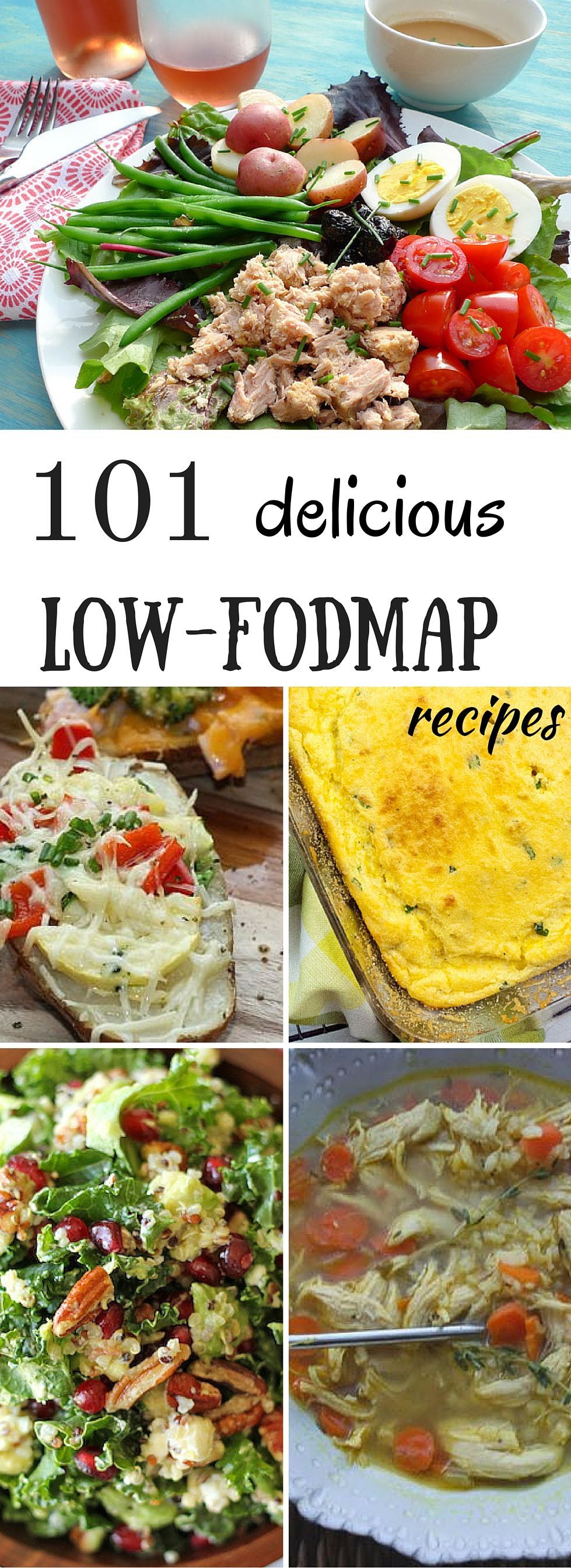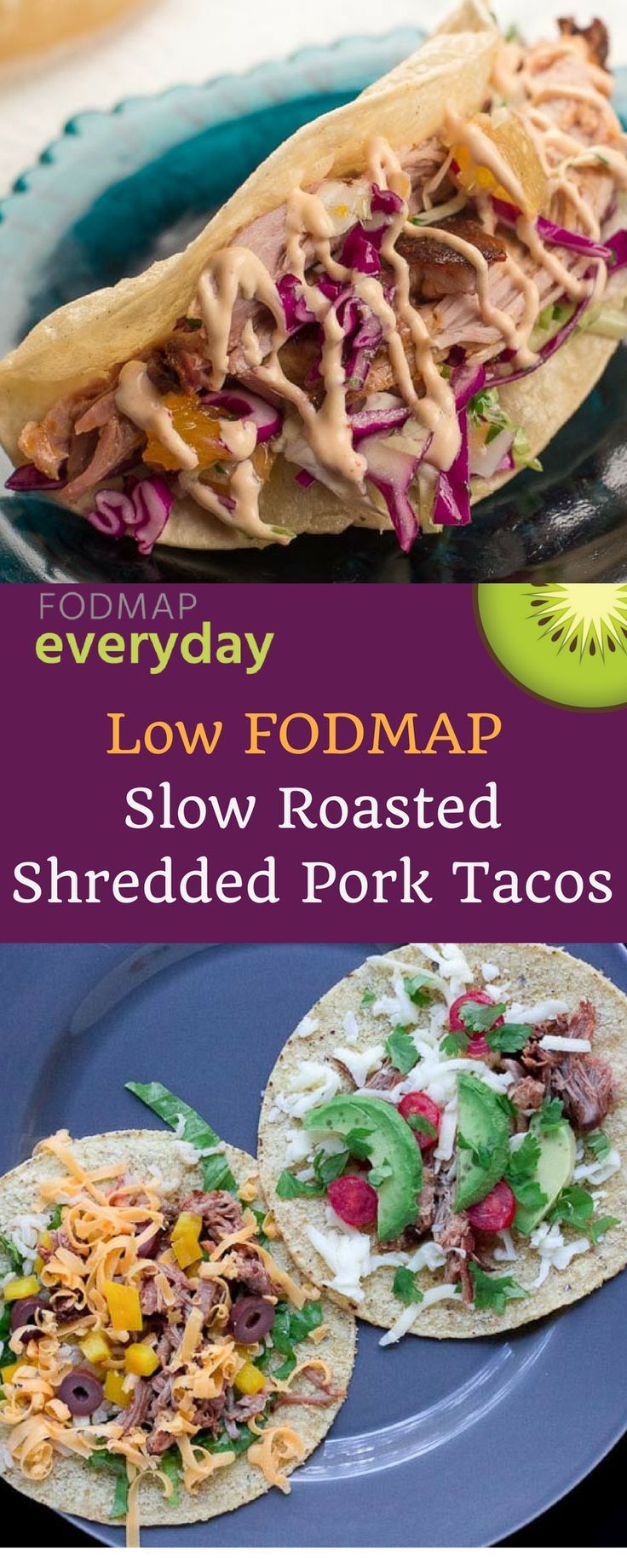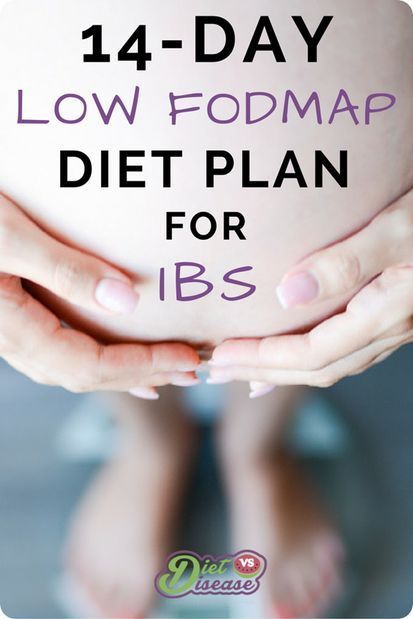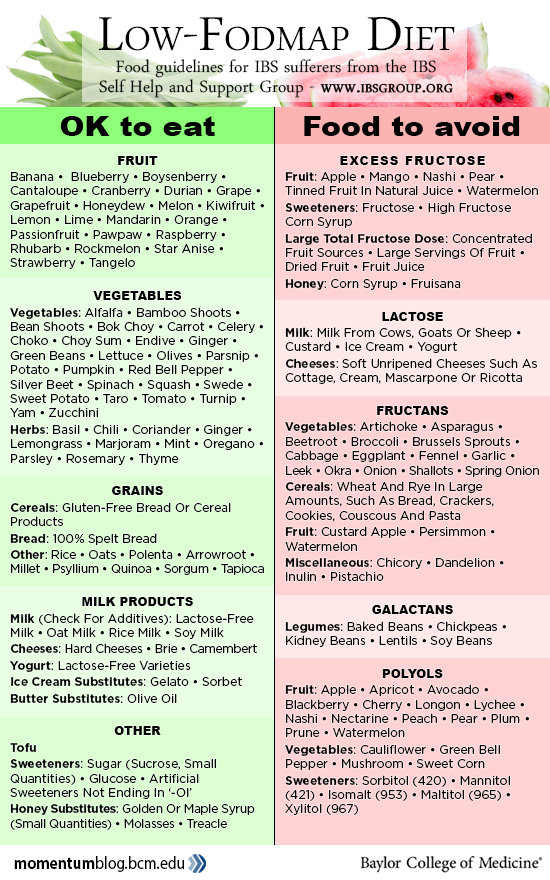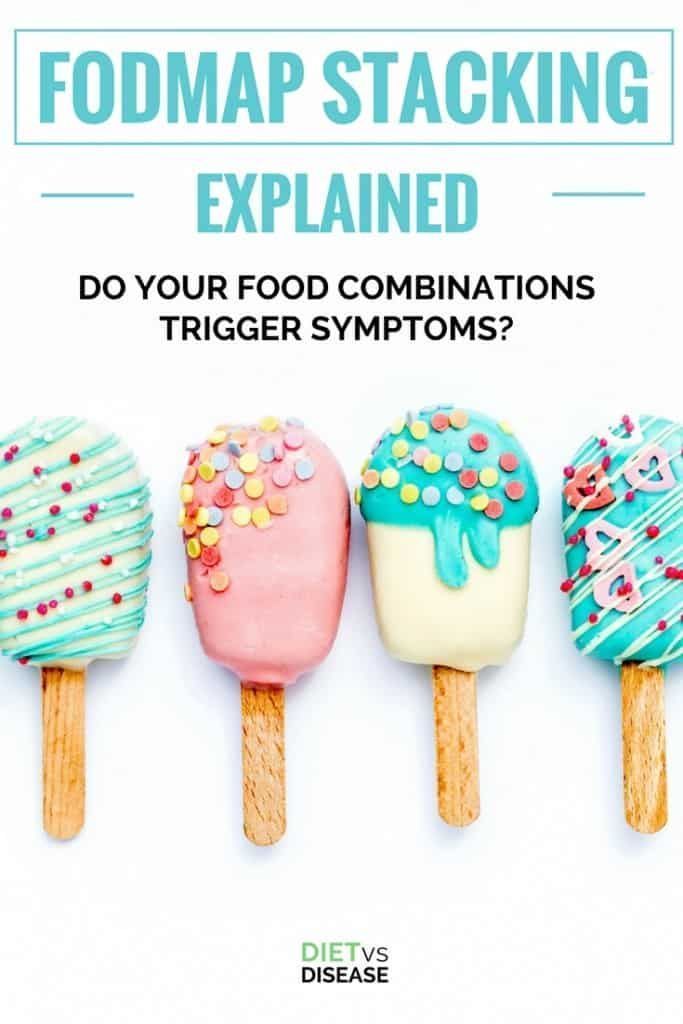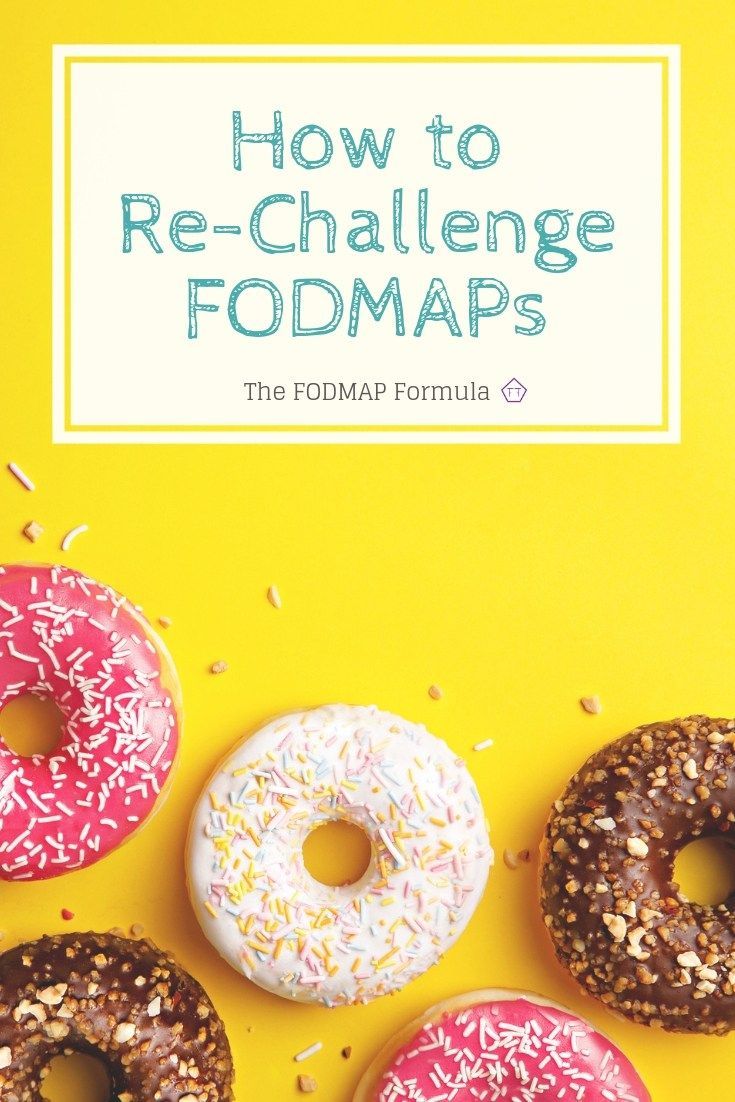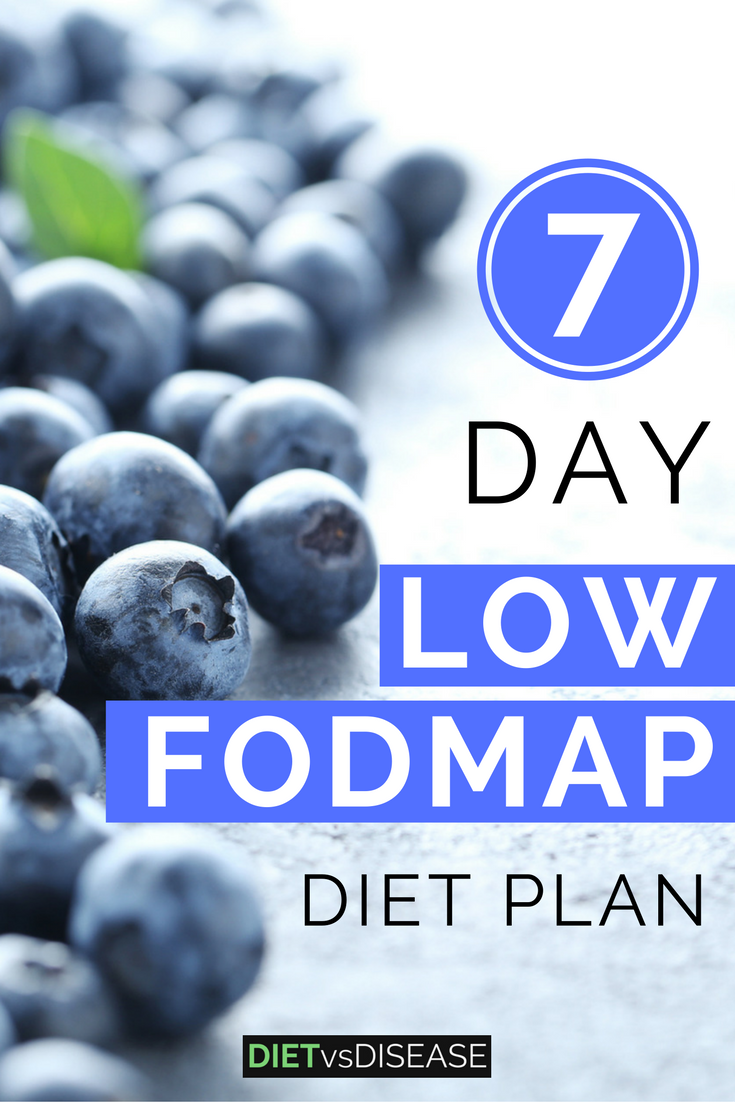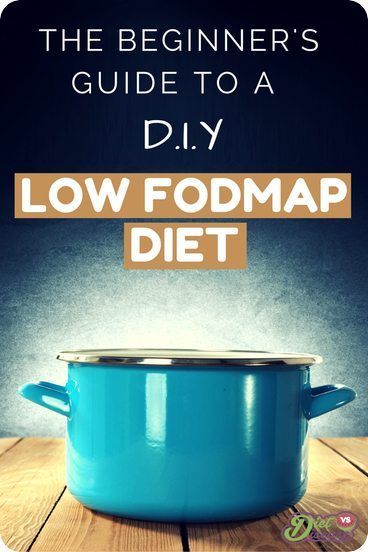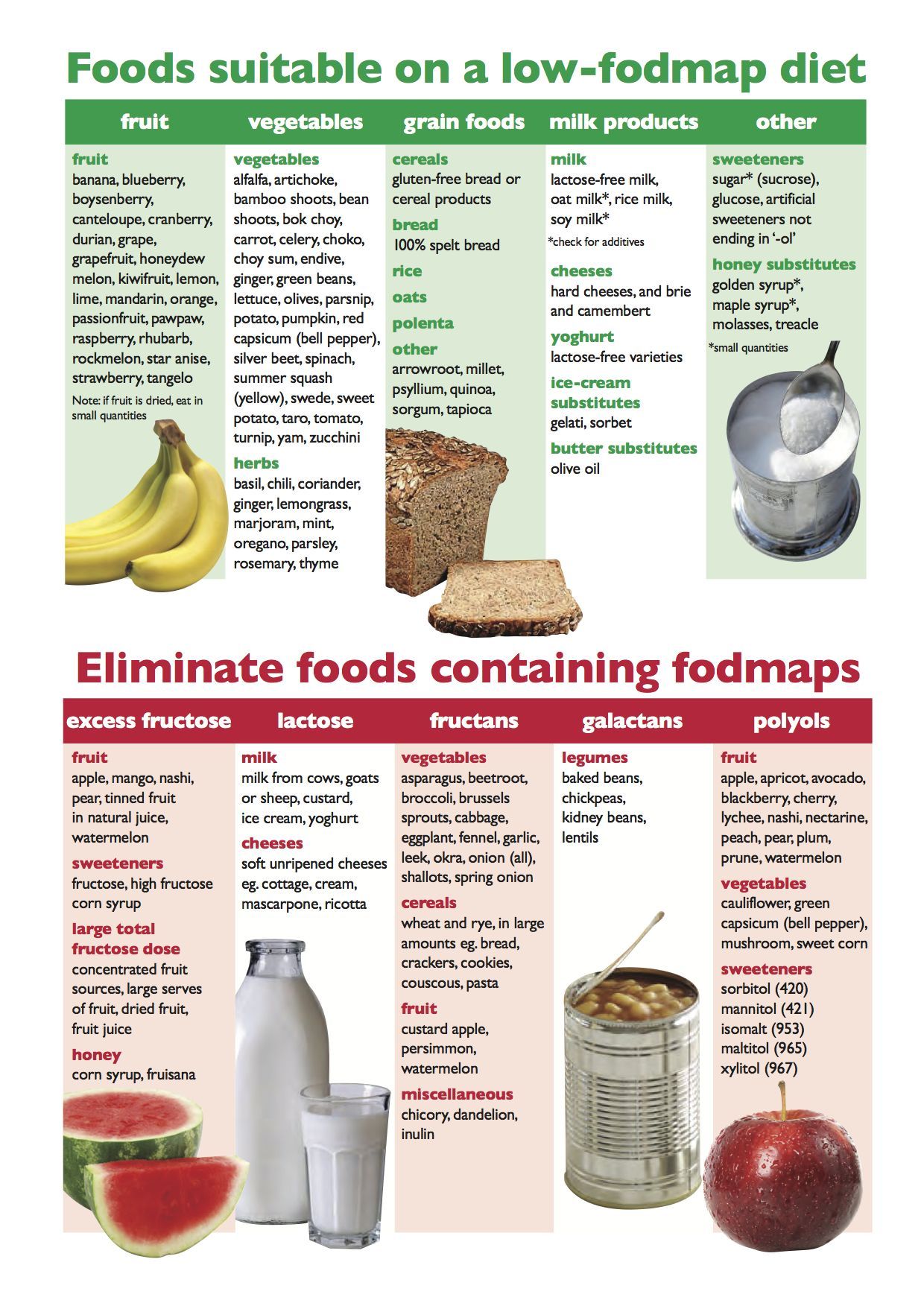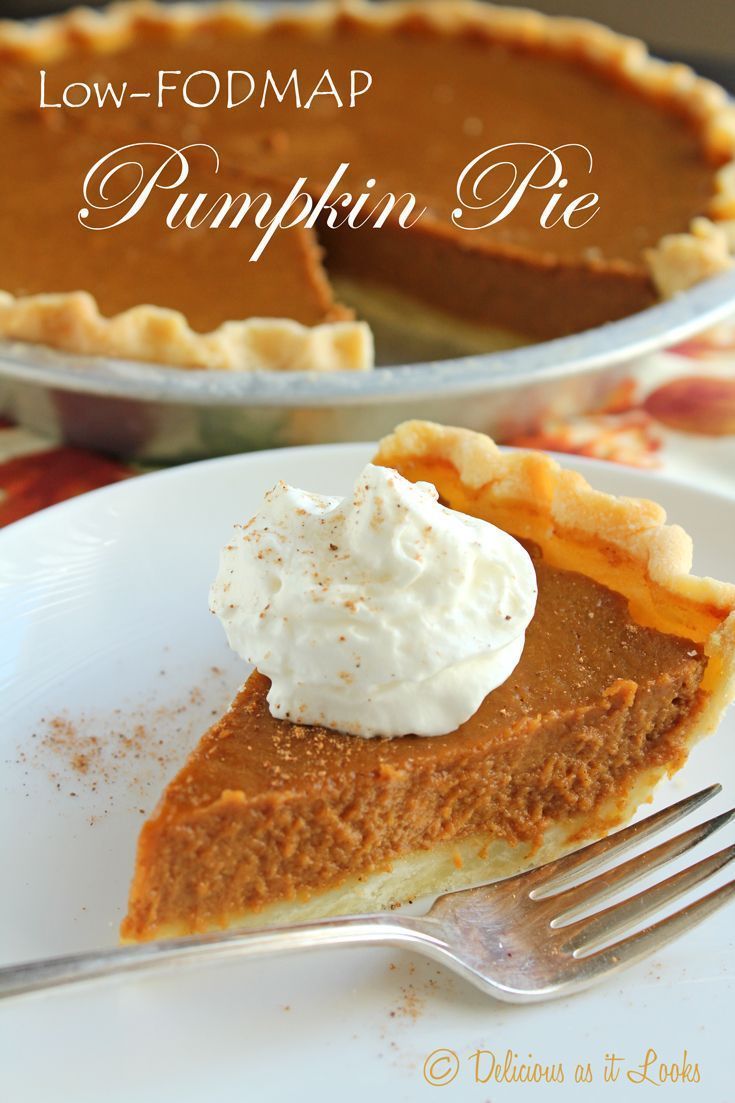19 ibs diet fodmap ideas
What are FODMAPs?
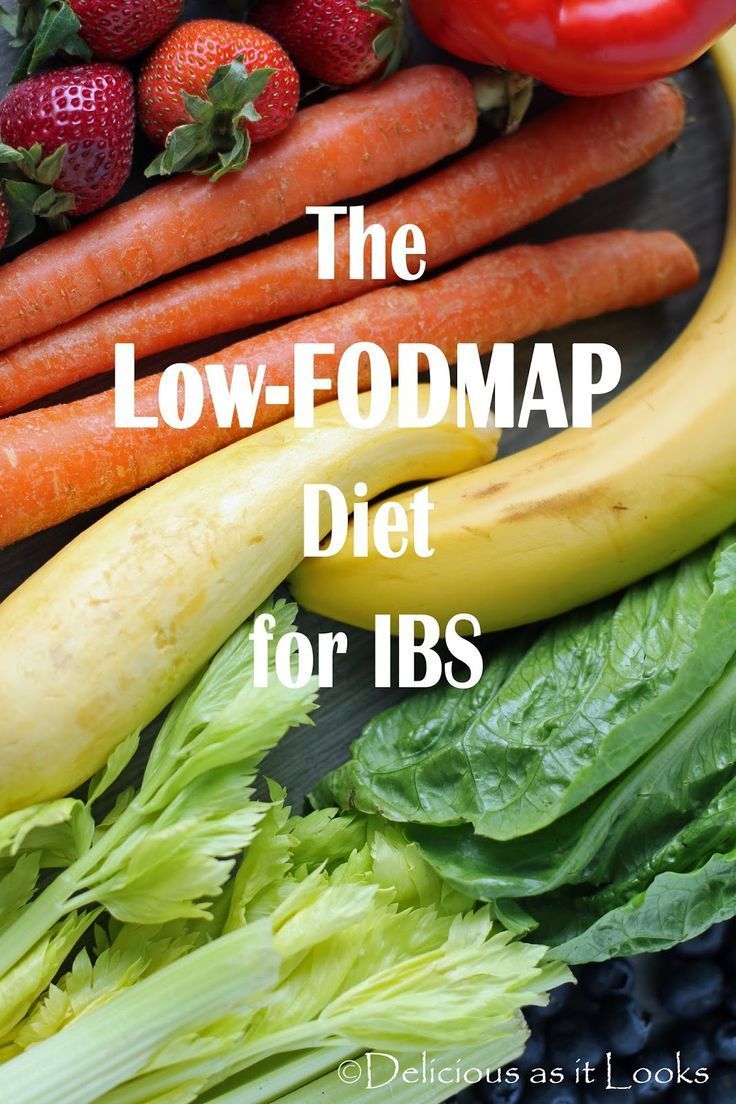
What is FODMAP??? Yet another diet thing but it’s nice to have an explanation of what it is when you have a recipe that says it adheres to it. I like the way she explains it. -The Low-FODMAP Diet for IBS / Delicious as it Looks FODMAP stands for Fermentable, Oligo-, Di-, Mono-saccharides And Polyols. You’re thinking, “Ok, that still doesn’t explain it, Dianne.” So, to explain further, they are carbohydrates that people with irritable bowel syndrome (IBS) and fructose malabsorption (FM) have trouble digesting. More specifically, they are malabsorbed in the small intestine and they end up traveling to the large intestine where they cause all sorts of havoc. What kind of terror do they reign? Gas, pain, cramping, diarrhea, constipation, nausea, you name it. You see, these unabsorbed carbohydrates are the perfect food for the bacteria in the large intestine. The little buggers just munch away at the fructose, fructans and lactose and just have a big ol’ party. Fun for them. Not so much for you. This is the Fermentable part. Think about it, when something ferments, it creates gas. Makes sense. Here’s a brief overview of each carbohydrate and the foods they are found in: Oligosaccharides These are chains of simple sugars and include: Fructans – Found in onion, garlic, wheat, chicory root (inulin), asparagus, artichokes Galactans – Found in beans, legumes, peas Disaccharides These are two monosaccharides linked together and include: Lactose – found in dairy products such as milk, yogurt, sour cream and soft cheeses. Monosaccharides Simple sugars such as: Fructose – found in fruits and sweeteners. What is of concern are the fruits where there is an excess of fructose, such as apples, pears, mangoes, honey, high fructose corn syrup, agave nectar. And Polyols These are sugar alcohols and include: Xylitol, Mannitol, Sorbitol, and Maltitol – naturally found in mushrooms, apples and the stone fruits (peaches, nectarines, apricots, plums, cherries). Also found in processed foods as sugar-free sweeteners. I used to have lists of foods that were high and low in FODMAPs, but since I am not an expert or professional, I decided to have a list of links to some reputable sources instead. There is conflicting information out there and I do not want to add to it. I hope you find these websites and books useful! The Monash University Low-FODMAP Diet App https://itunes.apple.com/us/app/monash-university-low-fodmap/id586149216?mt=8 Monash University http://www.med.monash.edu/cecs/gastro/fodmap/low-high.html University of Arizona http://www.nutrition411.com/wp-content/uploads/2014/01/FODMAPs%20diet.pdf Stanford Hospital and Clinics https://stanfordhealthcare.org/content/dam/SHC/for-patients-component/programs-services/clinical-nutrition-services/docs/pdf-lowfodmapdiet.pdf IBS Self Help and Support Group http://www.ibsgroup.org/brochures/fodmap-intolerances.pdf Kate Scarlata Dietitian and Author of 21 Day Tummy http://blog.katescarlata.com/ Sue Shepherd, PhD Author of The Complete Low-FODMAP Diet http://shepherdworks.com.au/disease-information/low-fodmap-diet Patsy Catsos Dietitian and Author of IBS, Free at Last! http://www.ibsfree.net/
